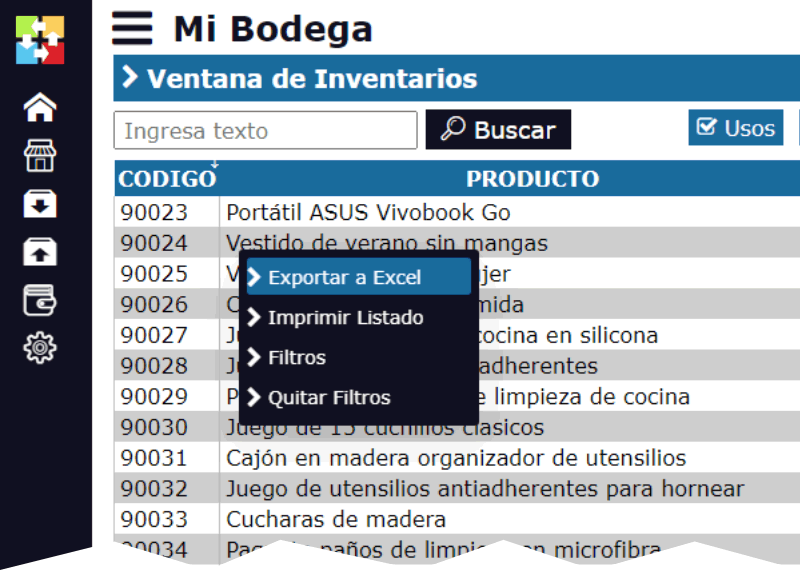The advantages of automating inventory management
Inventory management is a critical function for any business that handles products. The way inventory is managed can significantly affect operational efficiency, customer satisfaction, and overall profitability. With the advancement of technology, automation in inventory management has become an essential tool for optimizing this process. This article explores the main advantages of adopting an automated system for inventory management.

1. Greater Accuracy and Reduction of Errors
One of the most significant benefits of automation in inventory management is reducing human errors. Automated systems eliminate the need for manual data entry, which reduces the likelihood of errors in updating stock levels, transaction records, and report generation. With more accurate data, better decision-making is enabled, and problems related to stock shortages or excess are minimized.
2. Improved Operational Efficiency
Automation speeds up many of the manual processes associated with inventory management, such as recording entries and exits, tracking stock levels, and generating reports. This reduces the time and effort required by staff, allowing them to focus on more strategic and productive tasks. As a result, overall operational efficiency of the company is improved.
3. Real-Time Visibility
Automated systems provide real-time data on the status of inventory, making it easier to have a clear and up-to-date view of stock levels. This real-time visibility allows businesses to effectively monitor stock, quickly identify issues such as deviations or shortages, and make informed decisions based on current information.
4. Optimization of Inventory Levels
Automation helps maintain an optimal balance in inventory levels. Automated systems can use forecasting algorithms and data analysis to predict future demand and adjust stock levels accordingly. This reduces the risk of overstock or stockouts, optimizing inventory flow and improving profitability.
5. Improved Order Management
Automation simplifies order management by integrating inventory systems with sales platforms and suppliers. Automated systems can automatically generate restocking orders when inventory levels reach a predetermined threshold and coordinate shipments to avoid supply interruptions.
6. Reduction of Operational Costs
By reducing the need for manual processes and minimizing errors, automation can lead to a significant reduction in operational costs. Less time and resources dedicated to manual inventory management results in direct savings, and more efficient management can help avoid costs associated with excess or stock shortages.
7. Advanced Analysis and Reporting
Automated inventory management systems offer advanced analysis and reporting capabilities. These systems can provide detailed reports on inventory performance, product turnover, and other key metrics. These reports help identify trends, patterns, and areas for improvement, supporting strategic decision-making and long-term planning.
8. Scalability and Adaptability
Automation in inventory management allows businesses to scale and adapt more easily to changes in the market or demand. Automated systems can be adjusted to handle larger volumes of inventory, integrate with new platforms, or adapt to new processes, offering flexibility for business growth and evolution.
9. Improved Customer Experience
An automated inventory system contributes to a better customer experience by ensuring that products are available when needed. Accurate inventory management reduces incidents of stockouts, improves responsiveness to customer demands, and ensures faster and more efficient delivery.
Automation in inventory management offers a series of significant advantages that can transform the way businesses handle their stock. From improving accuracy and operational efficiency to optimizing inventory levels and reducing costs, automation provides valuable tools for achieving more effective and profitable management. Adopting an automated system is a strategic investment that can lead to substantial improvements in business operations and overall success.






